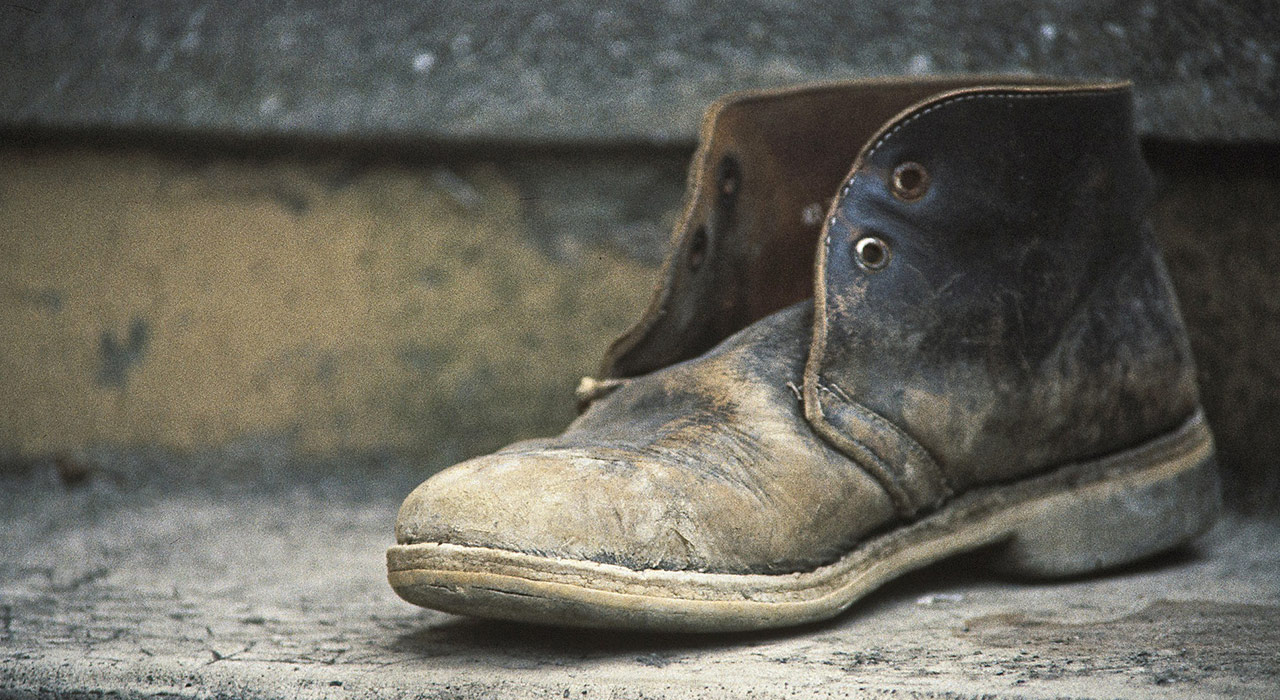Washing and Maintenance
Guidelines for industrial washing of certified work clothes
- Washing hi-visibility clothing
- Hi-visibility clothing must be washed separately, or together with other hi-visibility clothing of the same colour.
- Hi-visibility clothing must never be washed together with other coloured clothes. This carries the risk of the colours running and dimming or ruining the luminance factor of the fluorescent fabric. This may result in the hi-visibility clothing no longer meeting the requirements set out in the EN 471 and EN ISO 20471 standards.
- Use a detergent that does not include optical whiteners, to avoid damaging the reflectors on the clothes. We recommend closing all zips and pockets before washing.
- We recommend turning clothes inside out before washing. Do not use bleach, soft rinse or fabric softeners.
- Do not wash summer clothes at temperatures higher than 60°C. Do not wash quilted winter clothes at temperatures higher than 40°C.
- Dry the clothes in a tumble-dryer. Dry summer clothes at max. 80°C, and quilted winter clothes at max. 60°C.
- Hi-visibility clothing is not suitable for drying in a tunnel finisher.
Washing flame-retardant workwear
- Do not use bleach, as this may diminish the flame-retardant properties of the clothes.
- Do not use soft rinse/fabric softener, as this attaches to the textile fibres and risks reducing the flame-retardant properties of the clothes.
- We recommend closing all zips and pockets.
- Do not wash summer clothes at temperatures higher than 60°C. Do not wash quilted winter clothes at temperatures higher than 40°C.
- Dry the clothes in a tumble-dryer. Dry summer clothes at a temperature of max. 80°C. Dry quilted winter clothes at a temperature of max. 60°C.
- Flame-retardant work clothes are not suitable for drying in a tunnel finisher.
Guidelines for home washing certified work clothes
Wenaas recommends having clothes washed at an industrial laundry. If this is not possible or overly complicated, we would like to inform our customers of the factors they need to take into account when washing certified work clothes.
Home washing hi-visibility clothing
- Wash the garment(s) regularly. Dirty hi-visibility clothing is not certified in accordance with the EN 471 or EN 20471 standards.
- Always wash hi-visibility clothing separately, or together with other hi-visibility clothing of the same colour.
- Never wash hi-visibility clothing together with other coloured clothes. A single wash together with a new pair of jeans will ruin the fluorescent colour forever, because the colour will run and eliminate the luminance factor. As a result, the garment(s) will no longer be certified in accordance with the EN 471 or EN 20471 standards.
- Make sure to use a detergent that does not contain optical whiteners, as this would damage the reflectors.
- Close all zips and pockets before washing.
- Turn the garment(s) inside out before washing.
- Do not use bleach or soft rinse/fabric softeners.
- Do not wash summer clothes at temperatures higher than 60°C, and do not wash winter clothes at temperatures above 40°C.
- The drying temperature must not exceed 60°C.
Washing PBI fire & rescue uniforms
Wenaas recommends washing fire and rescue uniforms in washing machines using special programmes for contaminated fire and rescue uniforms. Such special programmes have properties that are lacking in conventional domestic machines, in particular when it comes to the amount of water used during rinsing and the rinsing time. Kindly observe the supplier’s’ directions for washing, drying and waterproofing.
GORE-TEX® garments
The clothes are designed to cope with demanding use, and are simple to maintain. Don’t be afraid to wash them often – but make sure to follow the washing instructions for each individual item. It is usually the exterior fabric and the lining that place limitations on the washing temperature, not the Gore-Tex® membrane. We recommend washing the fabric with inside out. For impregnating the exterior material, we recommend Go Green, Item No.0-9200-833-98. If you use other products, make sure they are suitable for breathable materials/membranes, and that they do not contain grease. If the accident has been out and you've got holes or tears in your jacket, we recommend trying Rep-kit.
Maintenance and cleaning of protective footwear extend the durability of your shoes
Dirt and humidity has little effect on shoes that have been maintained properly. Suitable maintenance is important to keep the shoes comfortable and extend the durability of the shoes. Protective footwear should be maintained clean, dry and looked after over time.
The shoe upper can be easily cleaned with a shoe brush, or with a damp cloth. Protective shoes that are very dirty must be washed in luke-warm mild soapy water, and rinsed.
Never dry protective shoes near heat sources, such as ovens or heating cabinets. The leather dries out, turns hard and can crack. We recommend to open the tongue and remove the insole for optimal drying.
Protective shoes in leather must be treated with shoe cream, and ideally with impregnation spray.
Protective shoes in textile must be treated with impregnation spray. Do not use products that include fat or oils, as it reduces the breathable properties to the materials in protective shoes. In the event of reduced breathability, the feet can become clammy, thus reducing the level of comfort.


